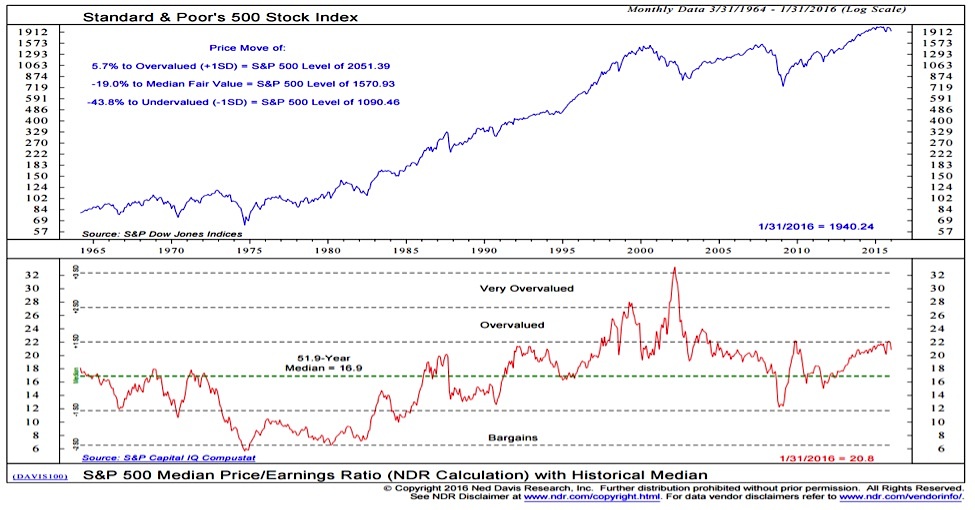Understanding Block Mirrors: How They Work And Their Implications

Table of Contents
How Block Mirrors Work: A Technical Deep Dive
Understanding block mirrors requires a look at the underlying mechanisms. This section delves into the technical aspects of block-level replication and explores different implementation types.
The Mechanics of Block-Level Replication
Block-level replication is the core of block mirroring. Instead of copying entire files, it copies individual data blocks—the fundamental units of storage—from a source to a target location. This granular approach offers several advantages in terms of efficiency and speed.
- Synchronization Process: Block mirrors synchronize data using either asynchronous or synchronous replication. Asynchronous replication offers speed but slightly lags behind the source; synchronous replication ensures immediate consistency but impacts performance due to waiting for confirmation.
- Metadata Management: Metadata, information describing the data itself (like file names and locations), is also replicated, ensuring data consistency and integrity. Without accurate metadata replication, the mirrored data would be unusable.
- The "Mirror" Concept: The target location, containing the replicated data blocks, is referred to as the "mirror." It acts as a precise replica of the source, ready to take over in case of failure. This redundancy is key to high availability.
Different Types of Block Mirror Implementations
Block mirror implementations vary depending on the location of the mirrored data and other factors.
- Local Mirroring: The mirror is located on the same storage system as the source. This offers high speed and low latency but lacks protection against local disasters.
- Remote Mirroring: The mirror is located on a separate storage system, often in a geographically distant location. This provides better protection against disasters but introduces higher latency and bandwidth requirements. This is often implemented using SAN replication or NAS replication techniques.
- Cloud-Based Mirroring: Leveraging cloud storage for the mirror offers scalability and cost-effectiveness, but network connectivity is critical.
Choosing the Right Block Mirror Technology
Selecting the right block mirroring technology involves considering several factors:
- Data Volume: The amount of data dictates storage capacity needs and replication time.
- RPO (Recovery Point Objective): The maximum acceptable data loss in case of a failure; impacts the choice between synchronous and asynchronous replication.
- RTO (Recovery Time Objective): The maximum acceptable downtime after a failure; influences location choices (local vs. remote).
- Budget: The cost of storage, network bandwidth, and management software plays a significant role.
- Technical Expertise: The level of in-house expertise impacts the complexity of the chosen solution.
Implications and Benefits of Using Block Mirrors
The advantages of implementing block mirror technology are substantial, offering significant improvements in data protection, availability, and performance.
Enhanced Data Protection and Disaster Recovery
Block mirrors are a cornerstone of robust data protection and disaster recovery strategies.
- Reduced Data Loss: In the event of data corruption or hardware failure, the mirror provides an immediate backup.
- Faster Recovery Times: RTO is significantly reduced, minimizing business disruption.
- Improved Business Continuity: Block mirroring ensures continued operations even during unexpected events, complying with business continuity and disaster recovery (BCDR) plans and regulations like GDPR.
Improved Data Availability and High Availability (HA)
Block mirrors contribute directly to high data availability and continuous operation.
- Minimized Downtime: Failover to the mirror is rapid, limiting service interruption.
- Enhanced System Resilience: The system remains operational even with component failures.
- Support for Critical Applications: Block mirrors ensure the continuous availability of mission-critical applications. This is especially relevant for high availability clusters.
Performance Optimization and Scalability
Block mirroring can, in some scenarios, improve performance and scalability.
- Faster Data Access: Depending on the implementation, reading from the mirror can improve application performance, especially in geographically distributed environments.
- Improved Application Responsiveness: Reduced latency due to local mirroring can speed up application response times.
- Ability to Handle Increasing Data Volumes: Block mirroring facilitates scaling storage capacity while maintaining data redundancy.
Potential Challenges and Considerations
While block mirrors provide many benefits, there are challenges to address.
Storage Capacity and Costs
Data replication necessitates additional storage capacity.
- Storage Cost Comparisons: The cost of additional storage needs careful evaluation against the cost of data loss and downtime.
- Potential for Storage Optimization Techniques: Techniques like deduplication and compression can mitigate storage costs.
Network Bandwidth Requirements
Replication consumes significant network bandwidth.
- Impact of Synchronous vs. Asynchronous Replication: Synchronous replication requires higher bandwidth than asynchronous replication.
- Network Optimization Strategies: Network optimization is crucial, especially for remote mirroring.
Management and Monitoring
Effective management and monitoring are essential for a successful block mirroring implementation.
- Monitoring Tools: Specialized tools provide real-time monitoring of data replication and system health.
- Alert Systems: Proactive alerts warn administrators of potential issues, enabling timely intervention.
- Strategies for Proactive Maintenance: Regular maintenance and testing ensure optimal performance and system reliability.
Conclusion
Block mirrors are a powerful technology for ensuring data protection, high availability, and disaster recovery. By understanding how block mirrors work, their benefits, and the associated challenges, organizations can make informed decisions about implementing this crucial technology. Explore block mirroring technology and consider implementing block mirror solutions to enhance your data management strategies and protect your valuable data. To learn more about specific block mirroring solutions available, research options from leading storage vendors and cloud providers. Understanding block mirror implications is key to building a robust and resilient IT infrastructure.

Featured Posts
-
 Analisis Politik Ahy China Dan Proyek Tembok Laut Raksasa Di Indonesia
May 15, 2025
Analisis Politik Ahy China Dan Proyek Tembok Laut Raksasa Di Indonesia
May 15, 2025 -
 Leeflang Zaak Bruins Hamer En Npo Toezichthouder In Overleg
May 15, 2025
Leeflang Zaak Bruins Hamer En Npo Toezichthouder In Overleg
May 15, 2025 -
 Poteets Abs Challenge Victory A Chicago Cubs Spring Training Highlight
May 15, 2025
Poteets Abs Challenge Victory A Chicago Cubs Spring Training Highlight
May 15, 2025 -
 Jeremy Arndts Influence A Deep Dive Into Bvg Negotiations
May 15, 2025
Jeremy Arndts Influence A Deep Dive Into Bvg Negotiations
May 15, 2025 -
 Predicting The Top Baby Names For 2024
May 15, 2025
Predicting The Top Baby Names For 2024
May 15, 2025
Latest Posts
-
 Addressing Concerns Bof As Perspective On Elevated Stock Market Valuations
May 16, 2025
Addressing Concerns Bof As Perspective On Elevated Stock Market Valuations
May 16, 2025 -
 Evaluating The Economic Impact Of Trumps Tariffs On California Revenue 16 Billion
May 16, 2025
Evaluating The Economic Impact Of Trumps Tariffs On California Revenue 16 Billion
May 16, 2025 -
 Behind The Scenes Xis Team And The Us Deal
May 16, 2025
Behind The Scenes Xis Team And The Us Deal
May 16, 2025 -
 Bof As View Why High Stock Market Valuations Are Justified
May 16, 2025
Bof As View Why High Stock Market Valuations Are Justified
May 16, 2025 -
 Assessing The Damage Trump Tariffs And Californias Projected 16 Billion Revenue Decline
May 16, 2025
Assessing The Damage Trump Tariffs And Californias Projected 16 Billion Revenue Decline
May 16, 2025
